If you are sick or injured, and a medical doctor suggests a drug or procedure, we most often accept the recommendation. In the case of emergencies, sometimes we are subject to treatment without having a heart-to-heart discussion with the doctor about the hows and whys. If we are healed, we are grateful. But how much do you know about all the medical care you receive? Were animals involved? Here are 9 ways that animals have greatly impacted our medical care – and we are thankful for it.
Bee Venom Therapy
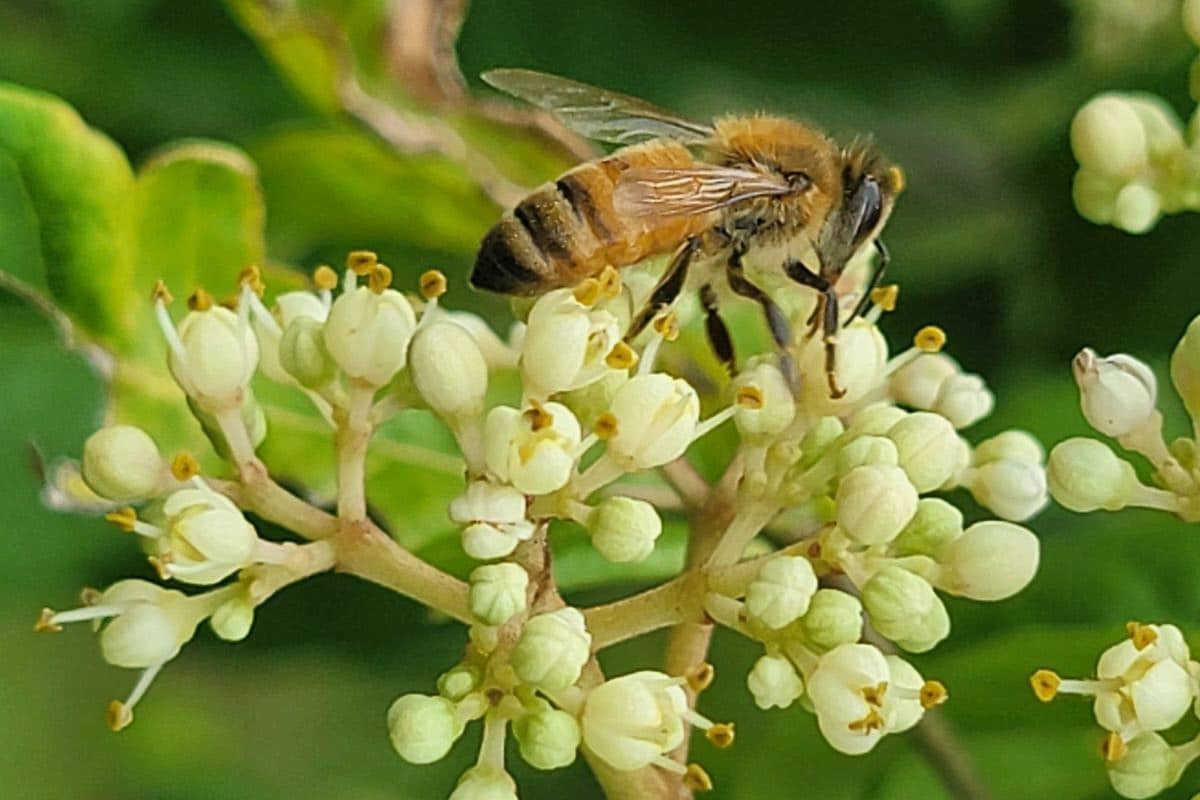
Bee venom (BV) therapy, known as BVT, involves using bee venom (apitoxin), extracted from honeybees, for medicinal purposes to treat certain diseases, such as arthritis. The concept of utilizing bee venom in medicine stemmed from observations that beekeepers rarely experience rheumatism or joint issues.
This approach has a long history in alternative medicine, spanning over 5000 years. The therapy can be administered indirectly by extracting bee venom using an electric stimulus and then injecting it into the body, or directly through bee stings.
Bee venom, which is colorless and odorless, is produced by female worker bees and is known to contain peptides like melittin, apamin, mast cell degranulating (MCD) peptide, and adolapin, enzymes, such as phospholipase A2 (PLA2) and hyaluronidase, and amino acids and volatile compounds.
An overview of clinical studies discusses these various components of bee venom and their application. Bee venom has shown potential in treating inflammation and central nervous system diseases, such as Parkinson’s disease, Alzheimer’s disease, and amyotrophic lateral sclerosis (ALS). Chronic skin inflammation can be treated with BV. The peptide melittin has shown potential as a cancer treatment strategy. Melittin and PLA2 have shown anti-viral and anti-bacterial action.
Snakes To Lower Blood Pressure?
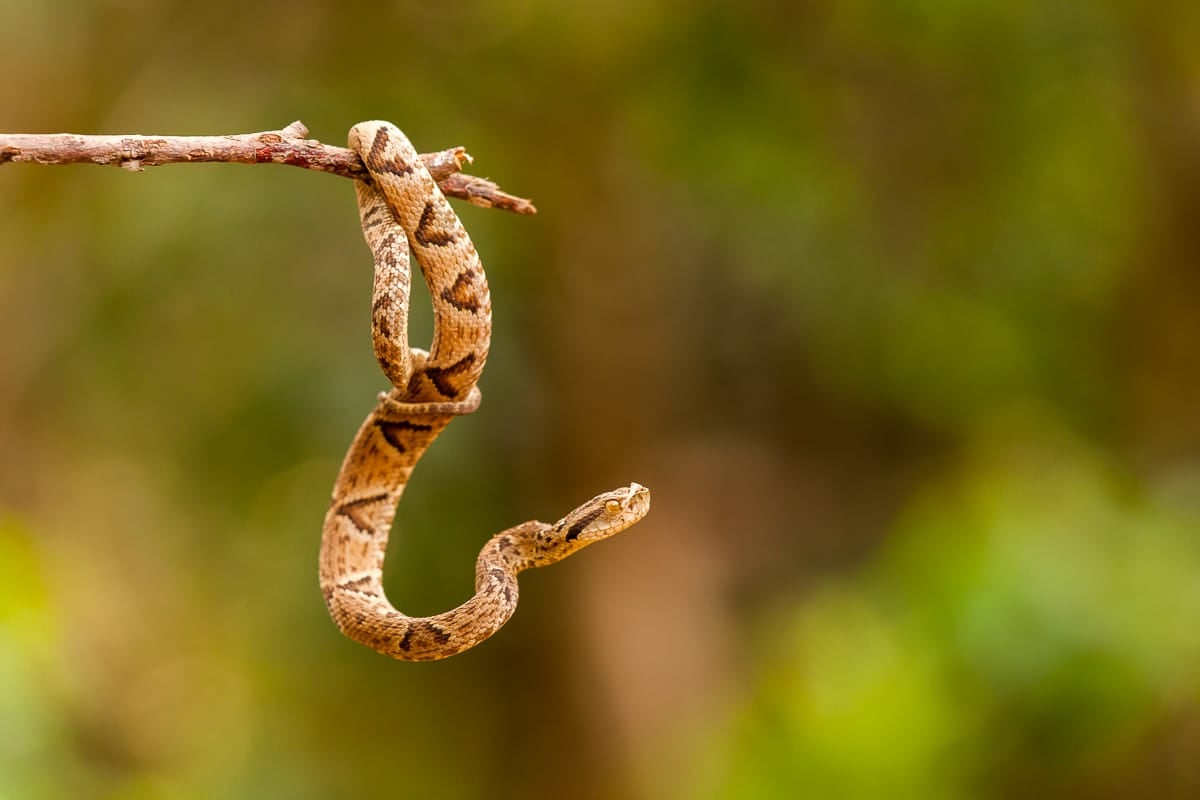
Maybe you take an ACE inhibitors (angiotensin-converting enzyme inhibitors), or have heard of them, as they are very common drugs. ACE inhibitors are a group of medicines used to treat high blood pressure (hypertension), heart failure, or to reduce complications of a heart attack (myocardial infarction), and can be used for other conditions, such as kidney disease.
But did you know that the first highly effective oral ACE inhibitor was derived from snake venom? Captopril, developed in 1975, was based on an ingredient of the venom of the poisonous Brazilian Viper (Bothrops Jararaca).
Other ACE inhibitors might be more commonly prescribed these days, but it has esteemed roots. John Vane, a Nobel Prize winner, conducted early experiments with peptides derived from venom, which lead to findings that these peptides effectively inhibited the angiotensin-converting enzyme (ACE) activity. Inspired by these results, Vane proposed the idea of an ACE inhibitor research program to the present-day Bristol Myers Squibb. The culmination of their tests, trials and revisions was the development of captopril.
Blood From The Sea
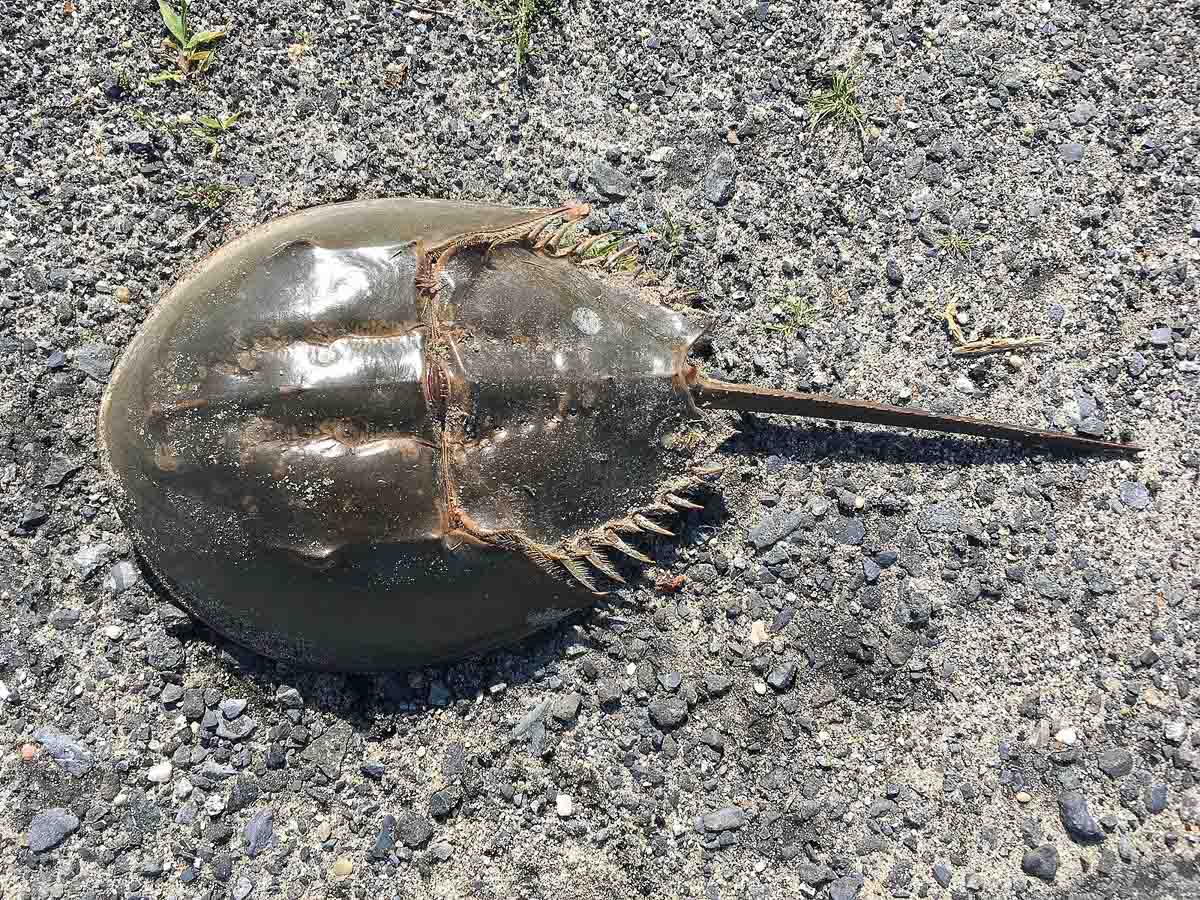
Horseshoe crab blood is a unique substance that has an immense impact on the medical field and lives around the world. Believe it or not, their blood has even played a part in the COVID-19 vaccination efforts! The blood of horseshoe crabs is actually light blue in color due to the level of copper. Copper is carried in the hemocyanin, a protein which is used to transport oxygen. When the copper in their blood is exposed to oxygen, the result is an unusual color.
The blood of horseshoe crabs is also special due to the animal’s prehistoric traits. As the sea creature has been around for so many years, their blood still contains a type of prehistoric blood cell, amebocytes. Amebocytes in horseshoe crabs make an extract known as limulus amebocyte lysate (LAL), which has huge medical usage implications.
LAL has a very powerful ability to clot, however, the clotting only occurs when it comes in contact with bacterial toxins. In other words, horseshoe crab blood can detect the presence of toxins. As a result, the blood is used to ensure medical equipment and other tools are in fact sterile. For example, horseshoe crab blood is used to check the safety of pharmaceuticals, vaccines, prosthetics, and other tools used in the medical field.
And, by the way, horseshoe crabs can be gathered, their blood collected, and they can be released back into the ocean without harm.
Maggot Therapy
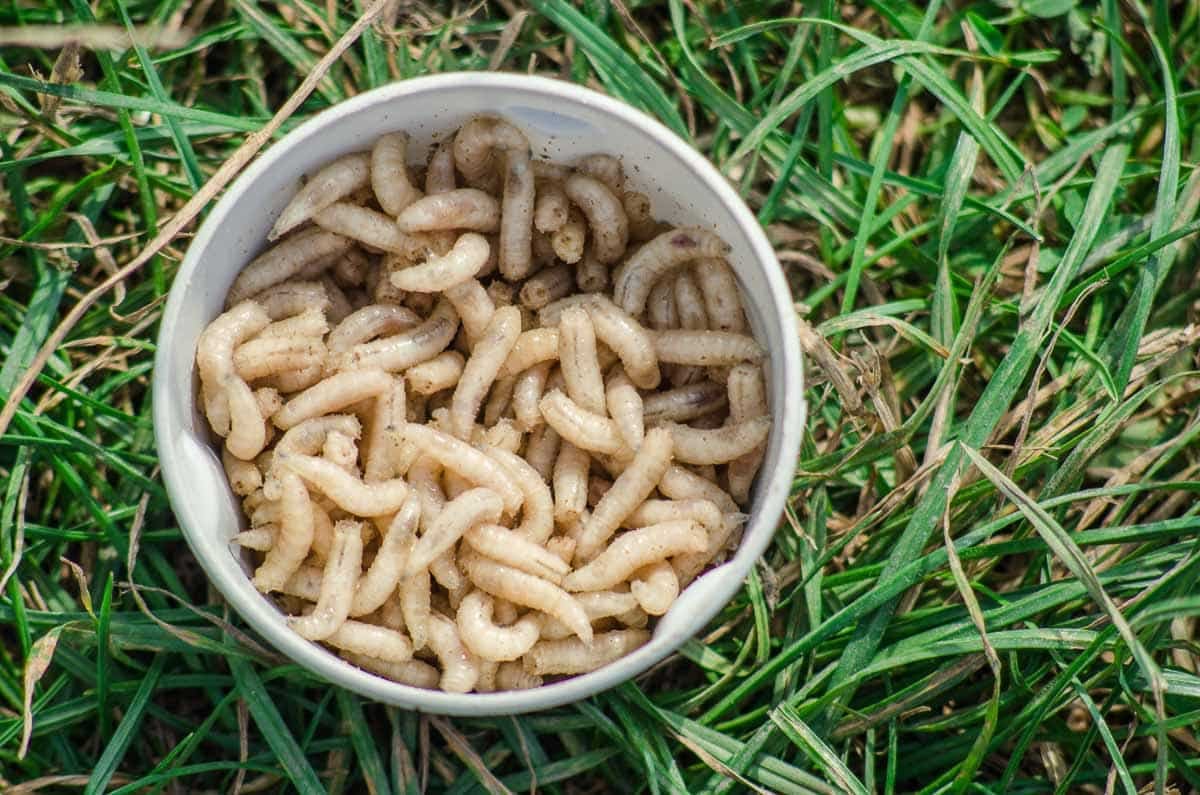
Maggot therapy involves using live maggots to clean wounds and promote healing. The maggots are placed on the wound and allowed to feed on dead tissue, which helps to remove bacteria and other harmful substances from the wound. Maggot therapy has been shown to be effective in treating chronic wounds that do not respond to other therapies.
If you are squeamish, this probably wounds horrific, but maggot therapy has been shown to be able to prevent amputations, through the maggot’s debridement of wound areas. In fact, it even has a name – MDT, maggot debridement therapy.
I Suppose You Are Going To Tell Us That Spiders Save Lives?
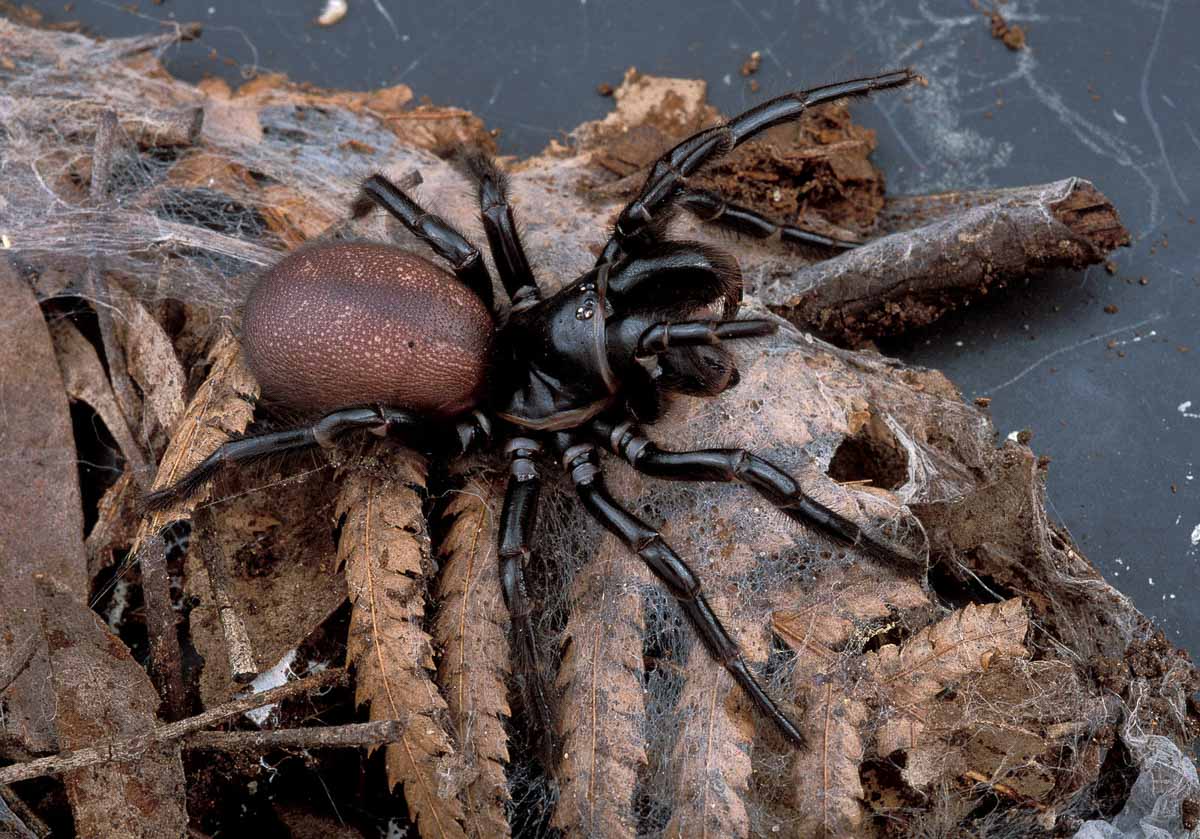
Yes, we are! A bite from the Australian funnel-web spider (Hadronyche infensa) can kill a human, but a component of its venom, Hi1a, can prevent brain damage in stroke survivors. According to Glenn King, a biochemist at Australia’s University of Queensland, this component is a mixture of 3,000 molecules, which Professor King describes as “the most complex chemical arsenal in the world”.
Gila Monsters – The Good Kind of Monster
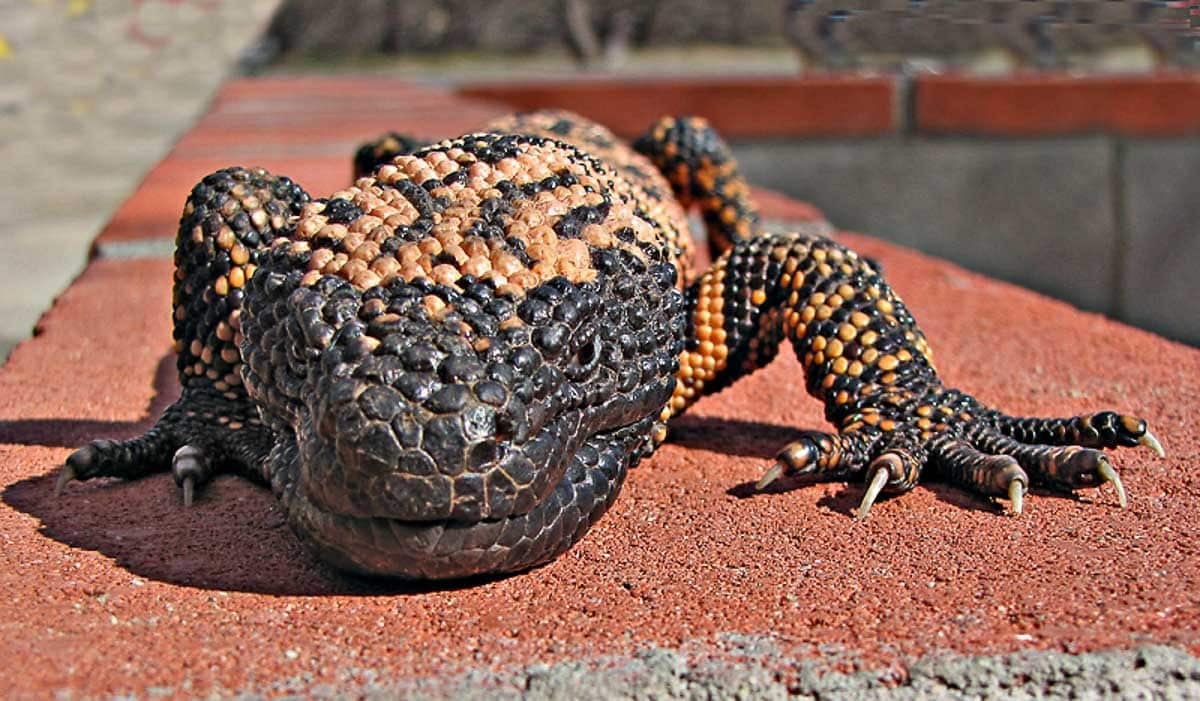
Do you even know what a Gila monster (Heloderma suspectum) is? It is a species of venomous lizard native to the Southwestern United States and the northwestern Mexican state of Sonora – and the only venomous lizard native to the United States. Luckily, they are easy to identify, with their orange/yellow and black strips. These almost 2-foot long lizards are slow moving and their thick, heavy bodies and large heads are quite intimidating.
The Gila monster’s saliva contains a hormone, exendin-4, that lead to a development of a drug to treat type 2 diabetes. Research showed that exendin-4 is similar to the human hormone GLP-1, which increases insulin production in the pancreas.
BTW, it is pronounced Hee-lah.
More Venom – This Time From Snails
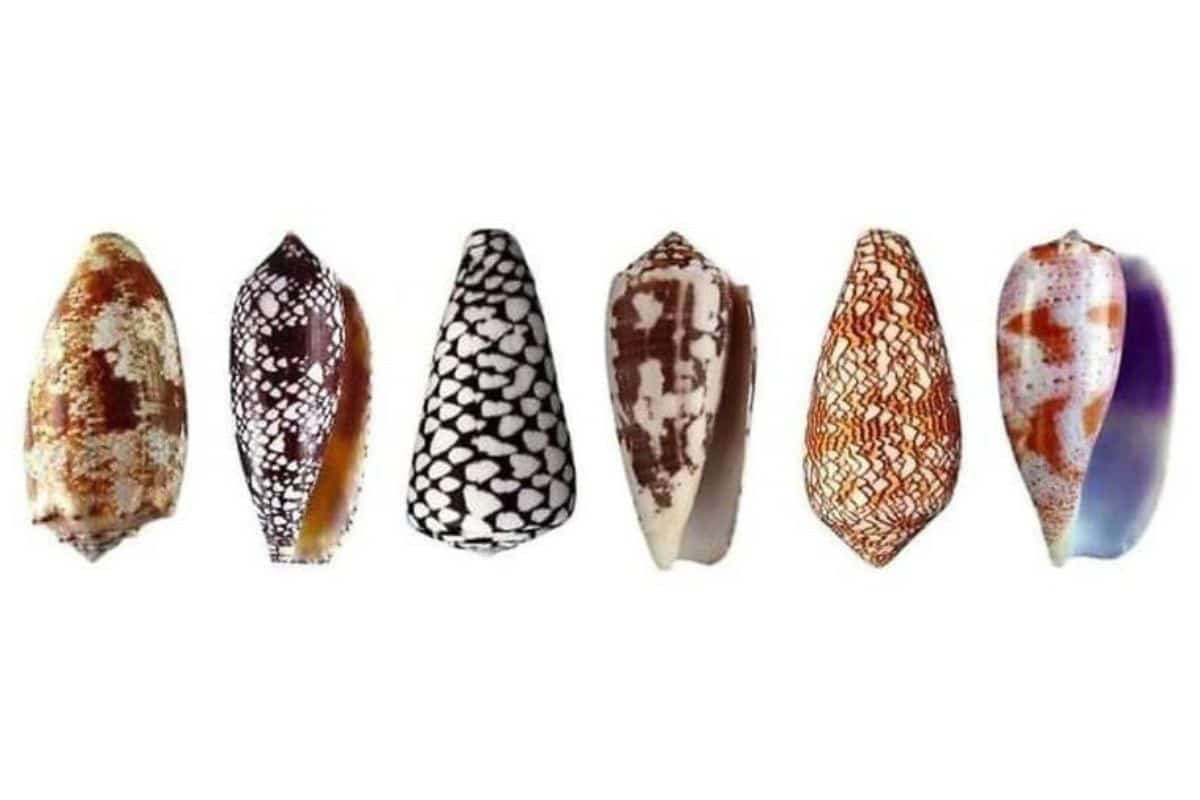
Cone snail venom is a fascinating and complex substance produced by cone snails, marine gastropod mollusks belonging to the Conidae family. These snails are found in tropical and subtropical oceans worldwide and are known for their beautifully patterned shells.
Cone snail venom contains a substance called ziconotide, which blocks the transmission of pain signals in the spinal cord. Ziconotide is administered via an intrathecal pump, which delivers the drug directly into the spinal cord; the pain killers are highly affective and non-addictive.
In the wild, the venom is delivered through a harpoon-like structure called a radula, which the snail shoots out to immobilize its prey or deter potential threats. Unlike other venomous creatures, such as snakes or spiders, cone snails do not inject their venom through biting or stinging; rather, they use their proboscis to extend and harpoon their prey.
It is important to note that cone snail venom can be highly toxic to humans. Some species can deliver venom that is potentially lethal, causing paralysis, respiratory failure, and even death if not treated promptly. As such, handling cone snails or coming into contact with their venom should only be done by experts with the necessary knowledge and equipment to ensure safety.
I Am Here To Suck Your Blood
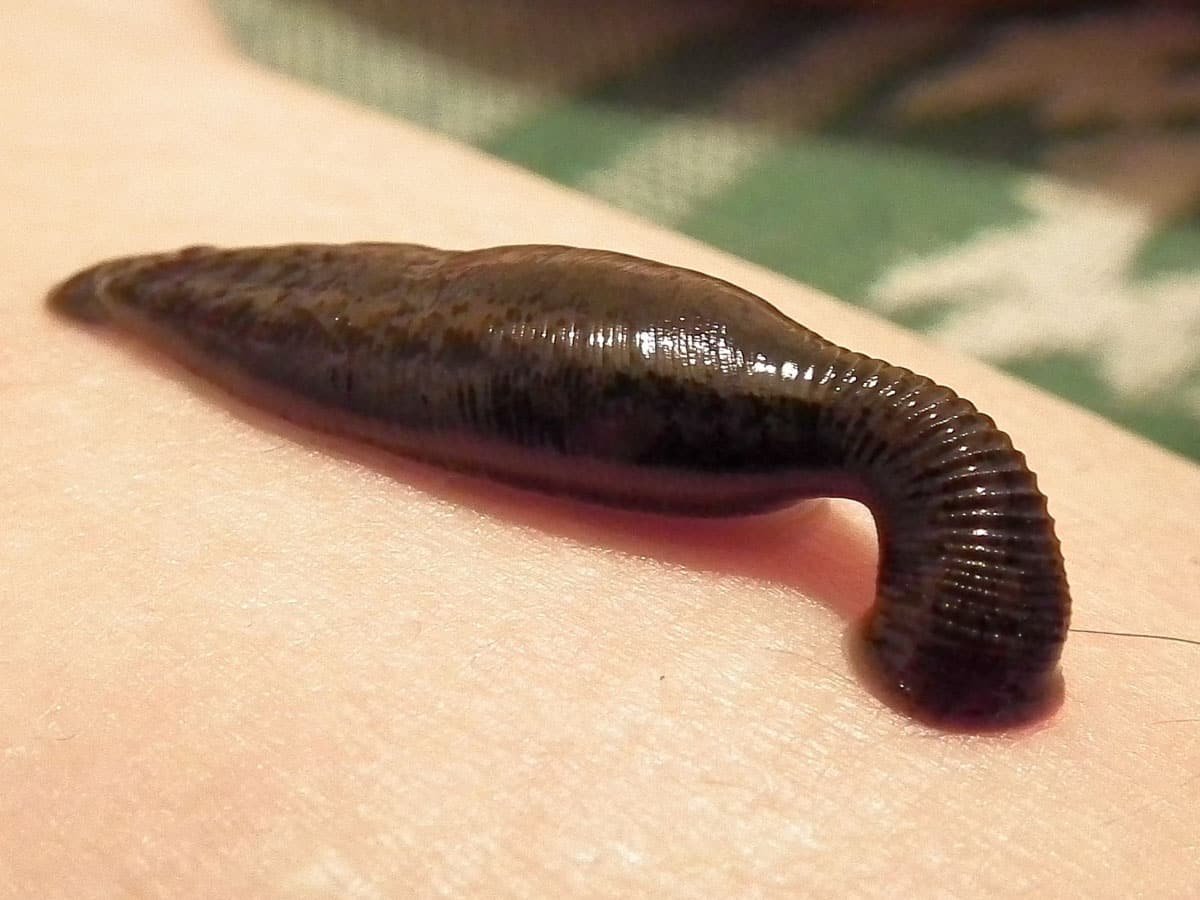
Leech therapy, also known as hirudotherapy, involves using leeches to suck blood from a patient’s body, and dates back thousands of years. It was once used to treat a variety of ailments, including headaches, fever, and infections. Today, leech therapy is still used in some cases, such as to promote blood flow after reconstructive surgery, and for analgesic and anti-inflammatory properties for arthritis and joint pain.
The medicinal leeches used are typically of the species Hirudo medicinalis or Hirudo verbana. These leeches have specialized features, such as a segmented body, suckers at both ends, and a razor-sharp mouth with small teeth. The leeches attach themselves to the patient’s skin using their suckers. Their sharp teeth penetrate the skin, and they begin to draw blood slowly. As the leech feeds, it releases saliva into the wound, which contains various bioactive substances, including hirudin (an anticoagulant), histamine-like compounds (vasodilators), anesthetics (to reduce pain), and anti-inflammatory enzymes.
Scorpions That Can Kill – and Heal
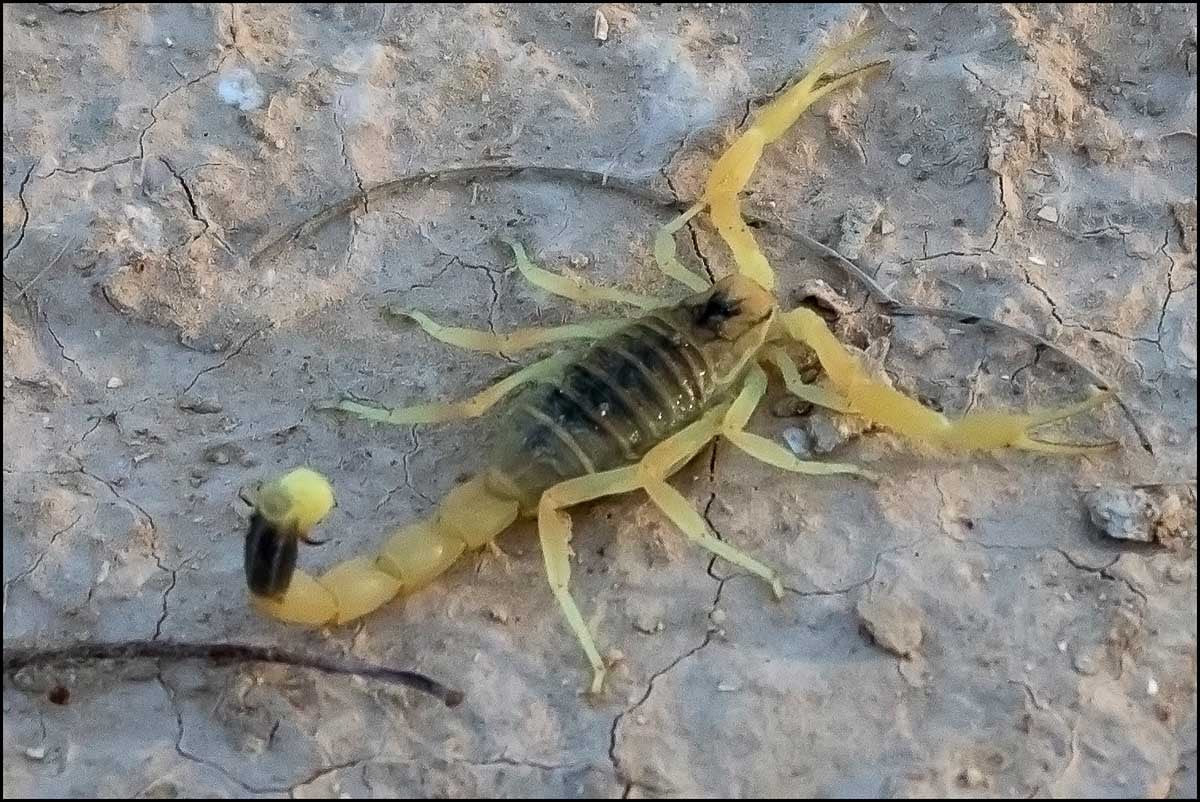
The deathstalker scorpion (Leiurus quinquestriatus), found in arid regions of North Africa and the Middle East, is one of the most venomous scorpions in the world. Despite its dangerous reputation, the venom of the deathstalker scorpion has potential medical applications.
Its venom contains a mixture of neurotoxins, which are proteins that can affect the nervous system. Some of the key components in the venom include:
- Chlorotoxin, a peptide that has an affinity for certain cancer cells, particularly brain tumors.
- Scyllatoxin, which affects ion channels in nerve cells, particularly potassium channels. It has been studied for its potential applications in neurological research and therapeutics, including the treatment of epilepsy and certain neurodegenerative diseases.
- Calcins, which are peptides that can interact with calcium channels and may have applications in pain research and drug development.
The venom of the deathstalker scorpion has also been studied for its antimicrobial properties. Some of the venom’s components have shown activity against various bacteria, including antibiotic-resistant strains. This has sparked interest in exploring their potential as novel antimicrobial agents.
6 Gas Station Chains With Food So Good It’s Worth Driving Out Of Your Way For

We scoured the Internet to see what people had to say about gas station food. If you think the only things available are wrinkled hotdogs of indeterminate age, and day-glow slushies, we’ve got great, tasty news for you. Whether it ends up being part of a regular routine, or your only resource on a long car trip, we have the food info you need. Let’s look at 6 gas stations that folks can’t get enough of and see what they have for you to eat. Read 6 Gas Station Chains With Food So Good It’s Worth Driving Out Of Your Way For
18 of the World’s Deadliest Foods: How Many Are You Eating?

Whether you eat to live, or live to eat, let’s make sure you live to see another day! These are some of the world’s deadliest foods. They can bring on extreme symptoms, ranging from paralysis to seizures, choking and even death, so don’t go tucking these into your lunchbox. Click for 18 of the World’s Deadliest Foods: How Many Are You Eating?
10 Of The Worst Tasting Drinks People Pretend To Like
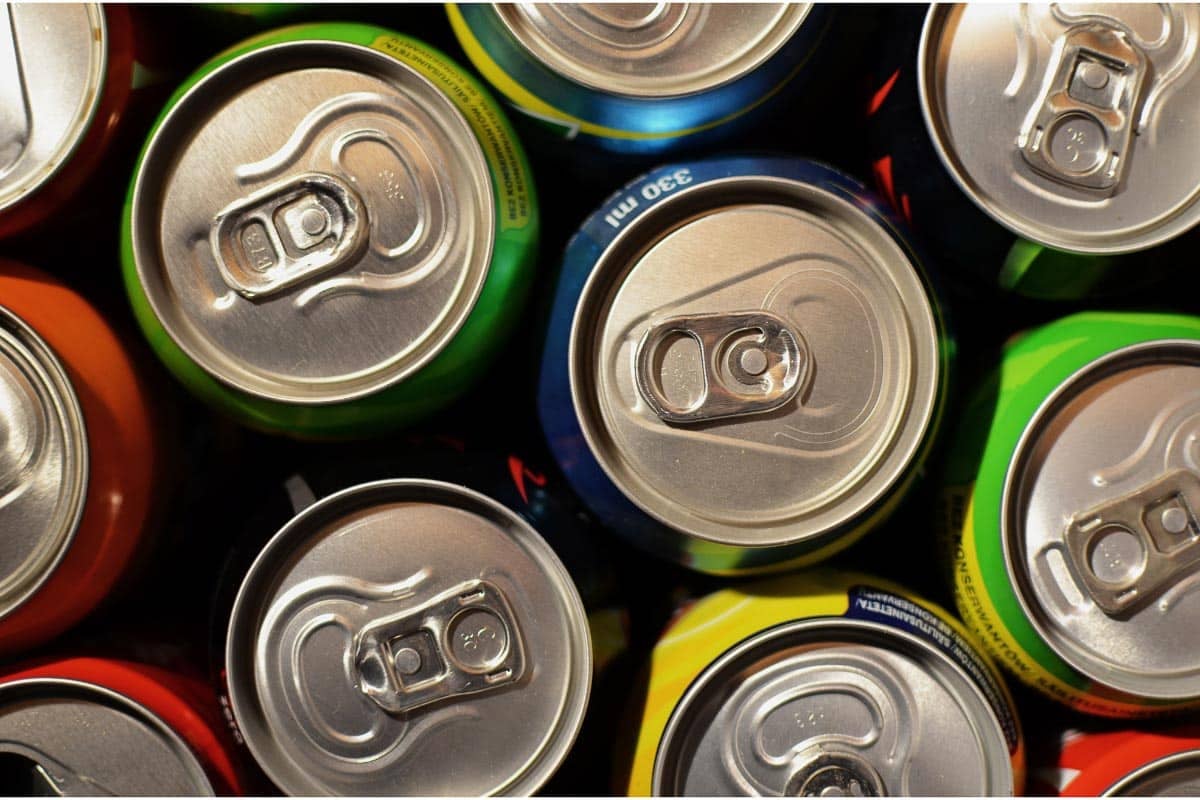
Hold onto your taste buds, because we’re about to embark on a flavor-filled adventure through the realm of beverages! Sure, we all need water to survive, but let’s be real – drinks are so much more than just basic hydration. Recently, the question of which beverages people secretly think taste awful sparked a fiery debate. Boozy elixirs, non-alcoholic refreshments, and everything in between were thrown into the mix. Brace yourself as we unveil the truth behind the drinks we pretend to love. Get ready for a wild ride of taste revelations! Read 10 Of The Worst Tasting Drinks People Pretend To Like
Alive or Dead? You Be The Judge… 15 Famous People Rumored To Be Alive After They Were Reported Dead
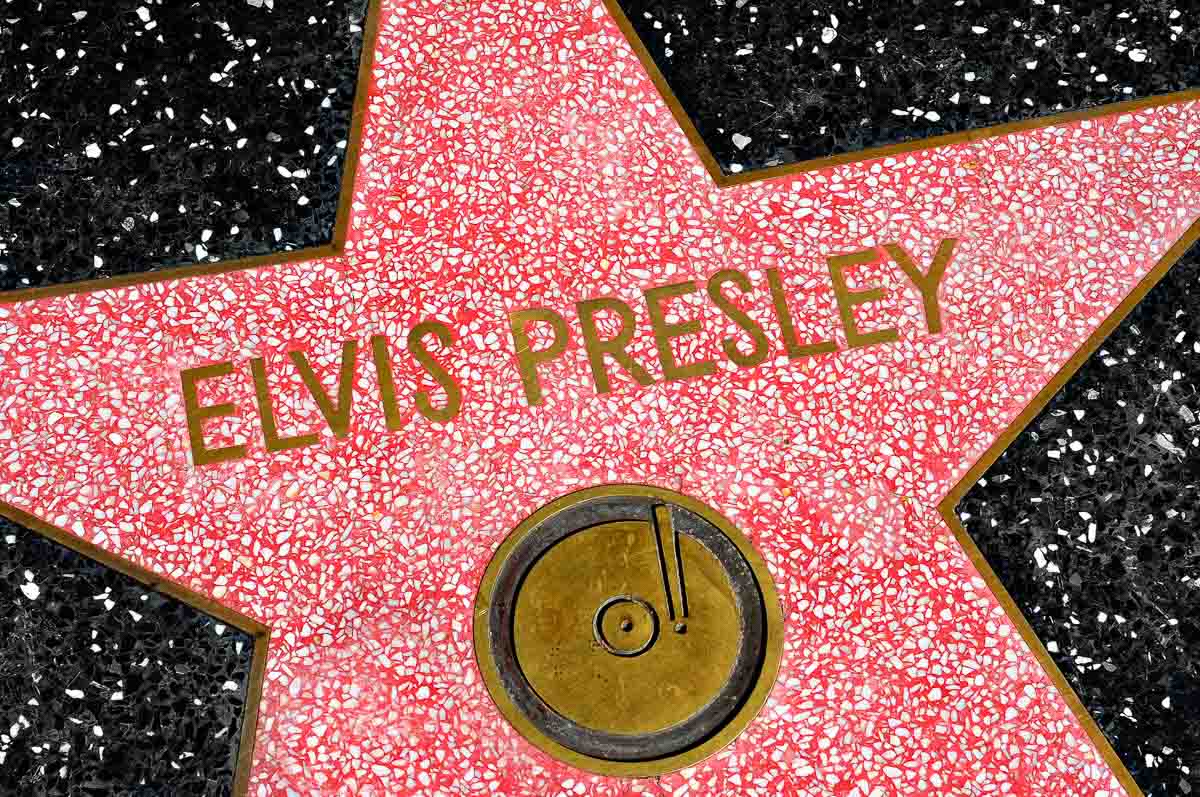
There are many celebrities who have been rumored to be alive after they were reported dead, either because of false reports, hoaxes, rumors or conspiracy theories.
You be the judge…. Are they really alive or dead as claimed? Read: Alive or Dead? You Be The Judge… 15 Famous People Rumored To Be Alive After They Were Reported Dead
14 Of The Craziest Hacks People Use Mayonnaise For – Even In The Bedroom!

After you click through this slide show you will never look at a jar of mayo the same way again. Trust us. Click for 14 Of The Craziest Hacks People Use Mayonnaise For – Even In The Bedroom!
Take Back Control: How to Identify and Tackle Medical Gaslighting
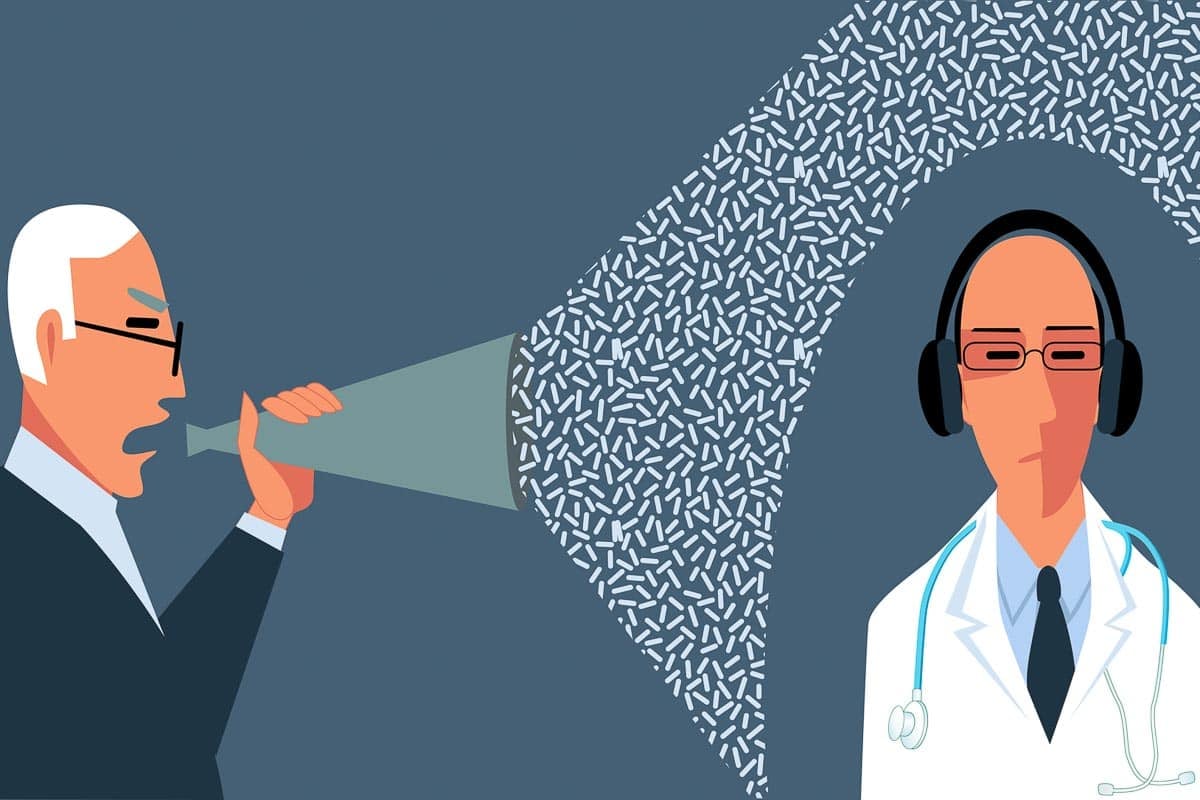
What is medical gaslighting? Medical gaslighting refers to a situation in which healthcare providers dismiss or diminish the symptoms that an individual is experiencing, attempting to persuade them that the symptoms are attributed to an alternative cause or are mere figments of their imagination. Medical gaslighting can leave you questioning your own experience. And at worse can lead to undiagnosed serious illness.
Learn the signs and the ways in which you can take back control if this happens to you. Read: Take Back Control: How to Identify and Tackle Medical Gaslighting
Don’t Fall For These 17 Foods That Pretend To Be Healthy

Have you heard the term “Dr. Google”? That’s when you turn to search engines and the Internet to provide health and medical information – and unless you know how to vet sources, it is a mine field of faulty information. Here are 17 foods that you might have heard are “healthy”, but we have the whole story. PS: the moment a food becomes a trend, research carefully. We’re looking at you bulletproof coffee!
Click for Don’t Fall For These 17 Foods That Pretend To Be Healthy
17 Of The Most Expensive Foods In The World: Would You Pay This Much To Eat Any Of These?
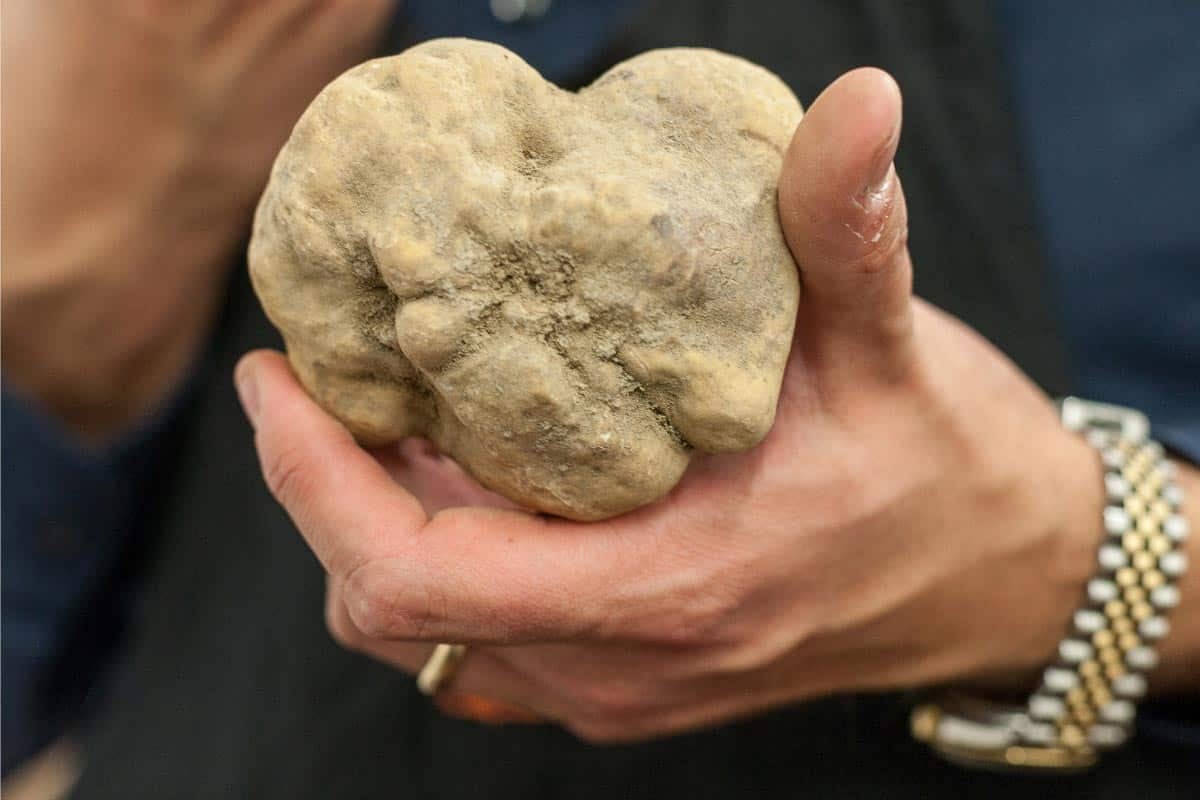
These days our food budget is not going very far, even for everyday foods. And yet, there are still those who seek out extravagant foods, regardless of price. I guess we can live vicariously through these pictures. Maybe someday someone will bestow a 4-pound white truffle upon us, but until then, this will have to suffice.
Click for 17 Of The Most Expensive Foods In The World: Would You Pay This Much To Eat Any Of These?
19 Of The World’s Most Overrated Foods
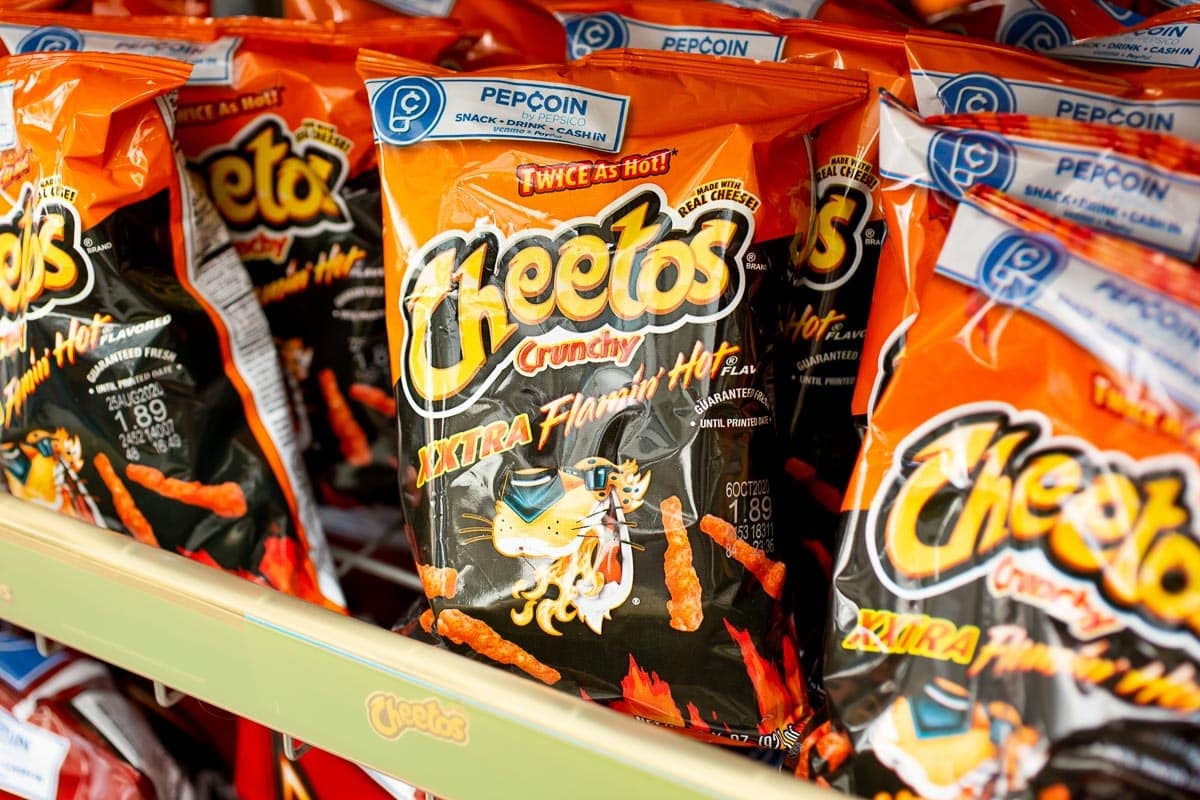
We have foods we love, and those we won’t touch. We all have our own likes and dislikes, but what are the most overrated foods? That was the question posed on this Reddit thread by Even_Cause_3478. There were a lot of opinions. Some made sense to us, and some were things we had never thought of before!
What is the most overrated food in your opinion?
Click for 19 Of The World’s Most Overrated Foods
Miracle at 30,000 Feet: What Happens When a Baby is Born During a Flight?

Have you ever wondered What Happens If You Give Birth On a Plane? Who delivers the baby? Where do you deliver the baby? What is the child’s citizenship, and do they get free trips for life?
Is Cash Still King In Your Life? 13 Reasons People Still Carry Cash

Cash. It never used to be controversial, but these days it appears that there are those on both sides of the coin (so to speak). For those of us of a certain age we can remember our mothers always telling us to keep a $20 bill in our shoe or bra, in case of emergencies. Now many of us struggle to find a coin to put in the meter.
Cash lovers, and those who never carry it. What’s the reasoning, either way? A Redditor was thinking the same thing, and asked the question, Do You Still Carry Cash? These are the answers they got. Read Is Cash Still King In Your Life? 13 Reasons People Still Carry Cash







